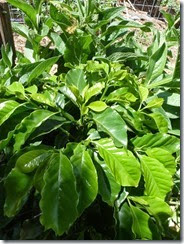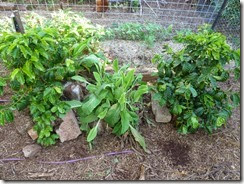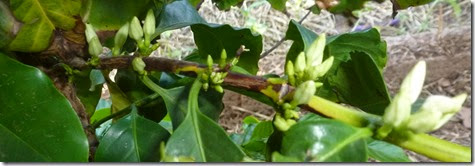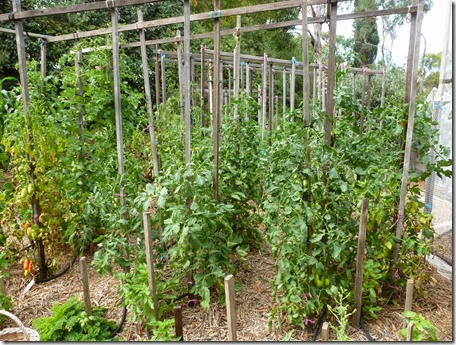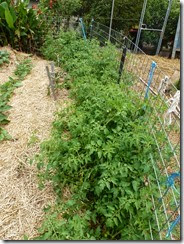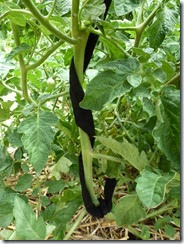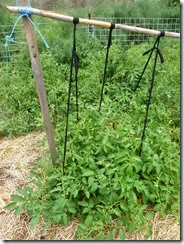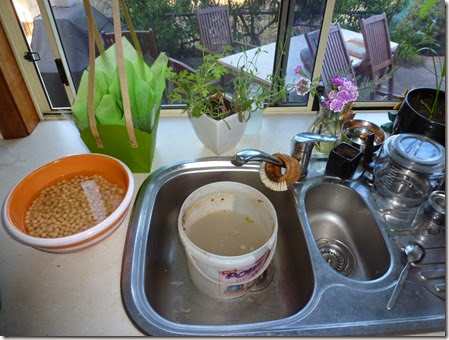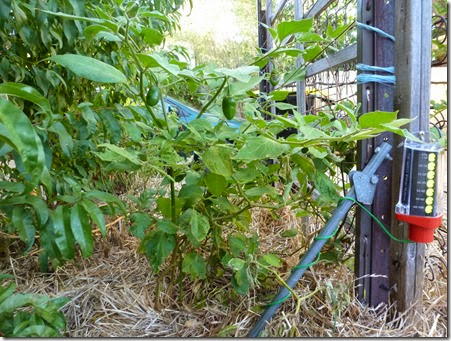Australia Day once again, but no time for festivities for cook or gardener – the peach harvest is upon us.
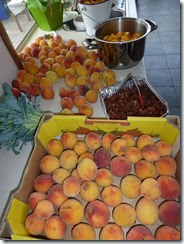 This is a good time to have friends and to cement friendships; peaches make a welcome and delicious gift in most households. And we’re grateful just to get them off the property – there’s the usual glut.
This is a good time to have friends and to cement friendships; peaches make a welcome and delicious gift in most households. And we’re grateful just to get them off the property – there’s the usual glut.
Still, this harvest of fine fruit has somehow to be stored for the coming winter, when family dinners are usually finished with fruit ice-cream made from frozen peaches, raspberries, strawberries, grape juice and bananas from the garden.
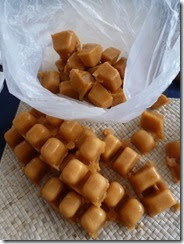 One way to store peaches – limited only by freezer space – is to stone, trim then puree them and put them into ice-cube containers, freeze them, then bag them for final storage in the freezer drawers.
One way to store peaches – limited only by freezer space – is to stone, trim then puree them and put them into ice-cube containers, freeze them, then bag them for final storage in the freezer drawers.
Peaches also go into trays in the outside fridge (the inner fridge being always full). These will be used as fresh fruit once the peach harvest is over.
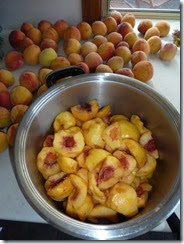 Another method is to cut up the peaches and place them in a large pot on slow heat on the stove; the stewed peaches also go into jars in the freezer, because we don’t use sugar to preserve them.
Another method is to cut up the peaches and place them in a large pot on slow heat on the stove; the stewed peaches also go into jars in the freezer, because we don’t use sugar to preserve them.
And if all else fails – and it always does – then we make ‘peach leather’. The pureed peaches are poured into shallow trays on grease paper and placed in the summer sun to dry. 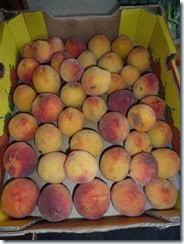 This peach leather is cut into squares and placed in jars in the cupboard for snacks over the coming months. A jar of toothpicks nearby is essential.
This peach leather is cut into squares and placed in jars in the cupboard for snacks over the coming months. A jar of toothpicks nearby is essential.
Night falls, and its back to work tomorrow. Yes, it will be raining peaches for the next month – we haven’t even begun to see the late clingstone varieties ripen.
Now, if only we had a cellar…

